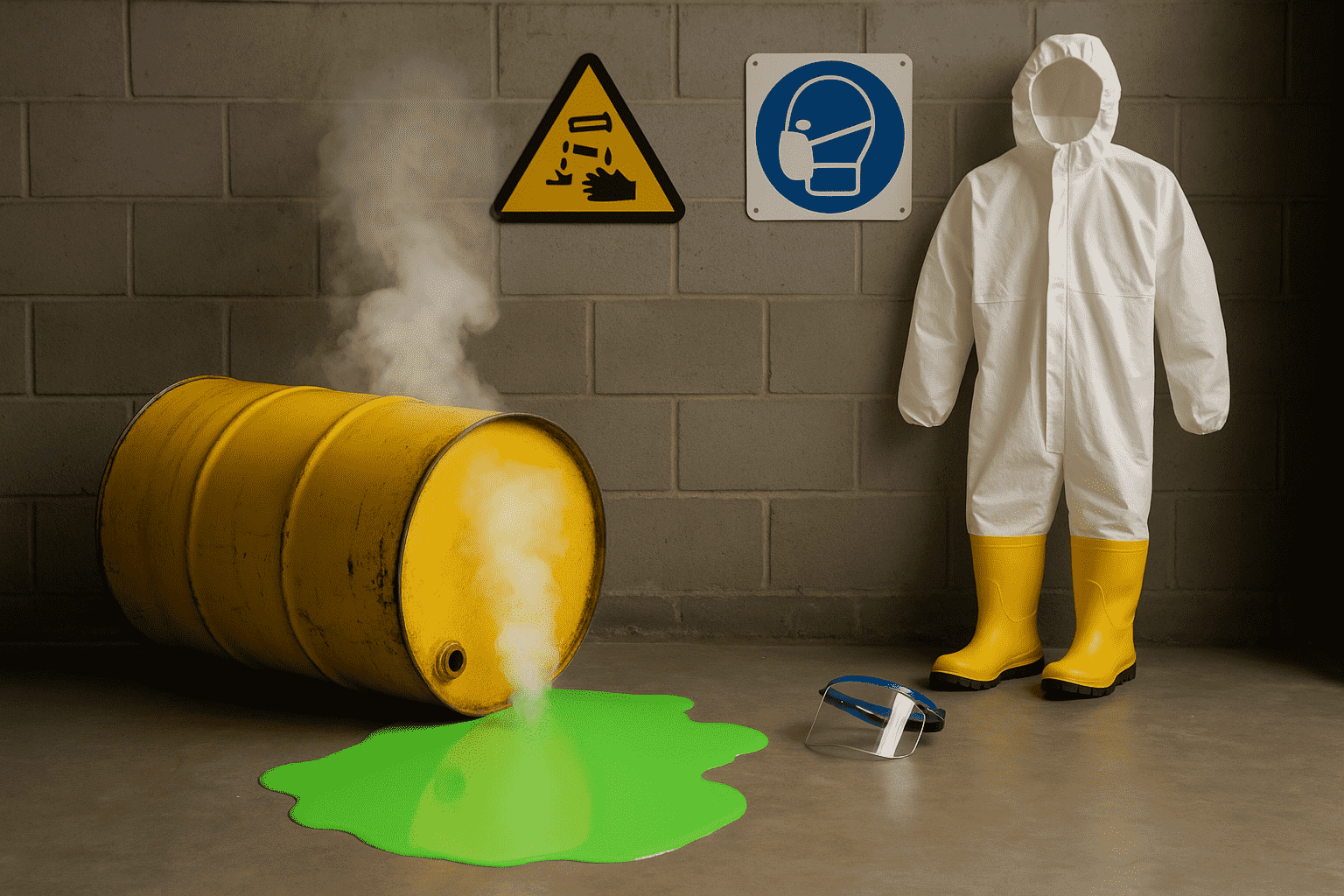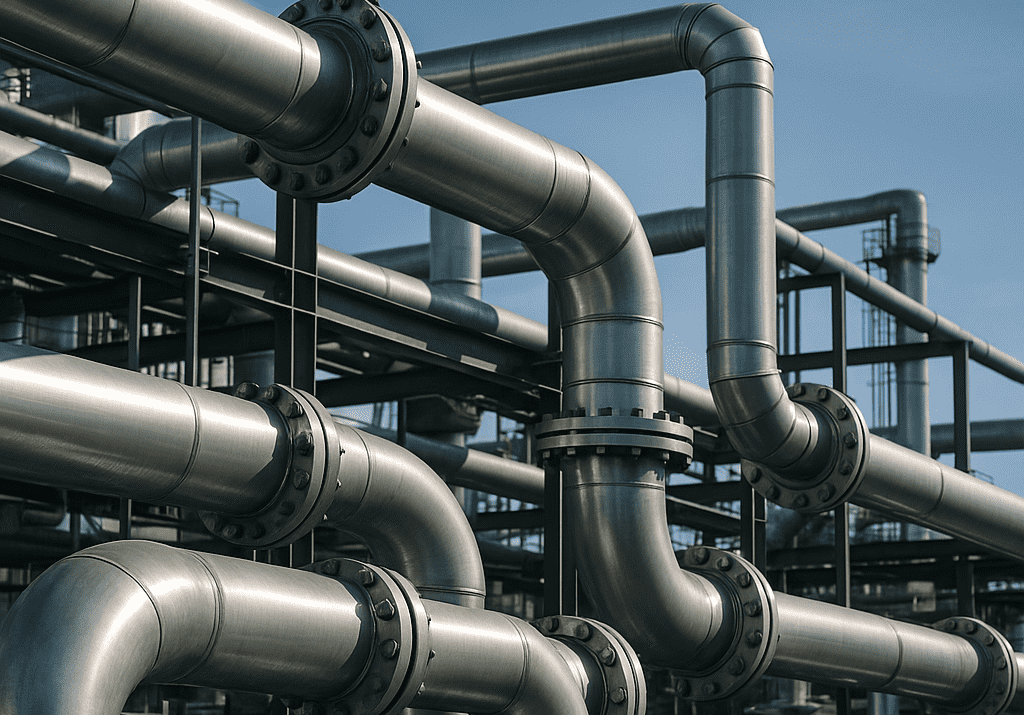A Comprehensive Guide To Mechanical Screens
Mechanical screen is quintessential in the water industry. It is the first equipment in a wastewater treatment plant (WWTP) to retain debris before it enters waterways. The two primary purposes of the mechanical screen are to remove floating debris like paper, plastic, wood, etc. to ensure:
∙ No damage is caused to process equipment
∙ Improve overall process efficiency
Mechanical bar screens are designed to be cleaned mechanically with an aim to improve process efficiency by mitigating operational and maintenance problems which ensure efficient screening.
The Mechanical Screens Find Applications in:
∙ Municipal wastewater treatment
∙ Industrial wastewater treatment
∙ Effluent treatment
∙ Several solid-liquid separation applications
Characteristics of Mechanical Screen:
∙ Highly efficient
∙ Easy to operate and maintain
∙ Low maintenance cost
∙ Robust & durable
Mechanical screens are used at various stages of wastewater treatment/effluent treatment/sewage treatment and other processes. The type of screens varies at different stages/applications. Based on the size of the opening the screens are classified into:
- Coarse screen: It has a clear opening ranging from 75mm to 150 mm. It is used to remove coarse solids such as rags and large objects that may clog or cause damage to other equipment.
- Fine screen: It has clear openings of _ mm and less. They remove fine solids present in the primary effluent.
- Micro-screen: has an opening range of less than 3 mm and is fitted on the periphery of a drum. The influent is passed through a drum lined with the fabric. The retained solids are collected through backwashing and subsequently disposed of.
These Mechanical screens are further classified into four main types based on their cleaning mechanism, which are:
∙Chain driven
∙Reciprocating rake
∙Catenary
∙Continuous belt
Whereas, Fine screens include tangential (static) screens, vibratory screens, and rotary drum screens.
The selection of a Mechanical Screen should be based on the flow rate, bed depth, and screen opening required for a particular application. The various types of mechanical screens used to separate solid liquids are:
- ∙ Mechanical bar screens
∙ Multi-rack screen
∙ Honeycomb screen
∙ Rotary brush screen
∙ Basket screen
Screening is a crucial process in ETP/STP/WWTP. The right screening equipment reaps maximum benefits. Flow rate, solid load, space requirement, CAPEX, and OPEX must be taken into account while selecting a mechanical screen. It is important to identify the right type of screen and at the same time ensure that the screen manufacturer is capable of precision fabrication and high-quality product delivery.
Frequently Asked Question
Q.1 What are the advantages of using a belt oil skimmer?
A. One key advantage of using a Belt Oil Skimmer is its cost-effectiveness. By efficiently removing the oil from the liquid surface, it helps extend the lifespan of coolants and other fluids used in industrial processes. This reduces the frequency of fluid replacement and ultimately saves costs associated with purchasing new fluids.
Q.2 How does an industrial oil skimmer work?
A. Industrial oil skimmers are an important tool in the fight against water pollution. They are used to remove oil and other pollutants from water sources, such as rivers, lakes, and oceans. An industrial oil skimmer works by using a rotating drum that is covered with a material that attracts oil molecules. The drum then rotates, scooping up the oil molecules and transferring them to an attached container for easy disposal or recycling.
Q.3 What are the advantages of using a sluice gate?
A. Sluice gates are an important part of the water management system and offer many advantages over traditional methods. They are used to regulate the flow of water in rivers, canals and other bodies of water. They provide a cost-effective solution for controlling the amount of water that is released or diverted from one area to another. Sluice gates also help prevent flooding by allowing only a certain amount of water to pass through at any given time.





